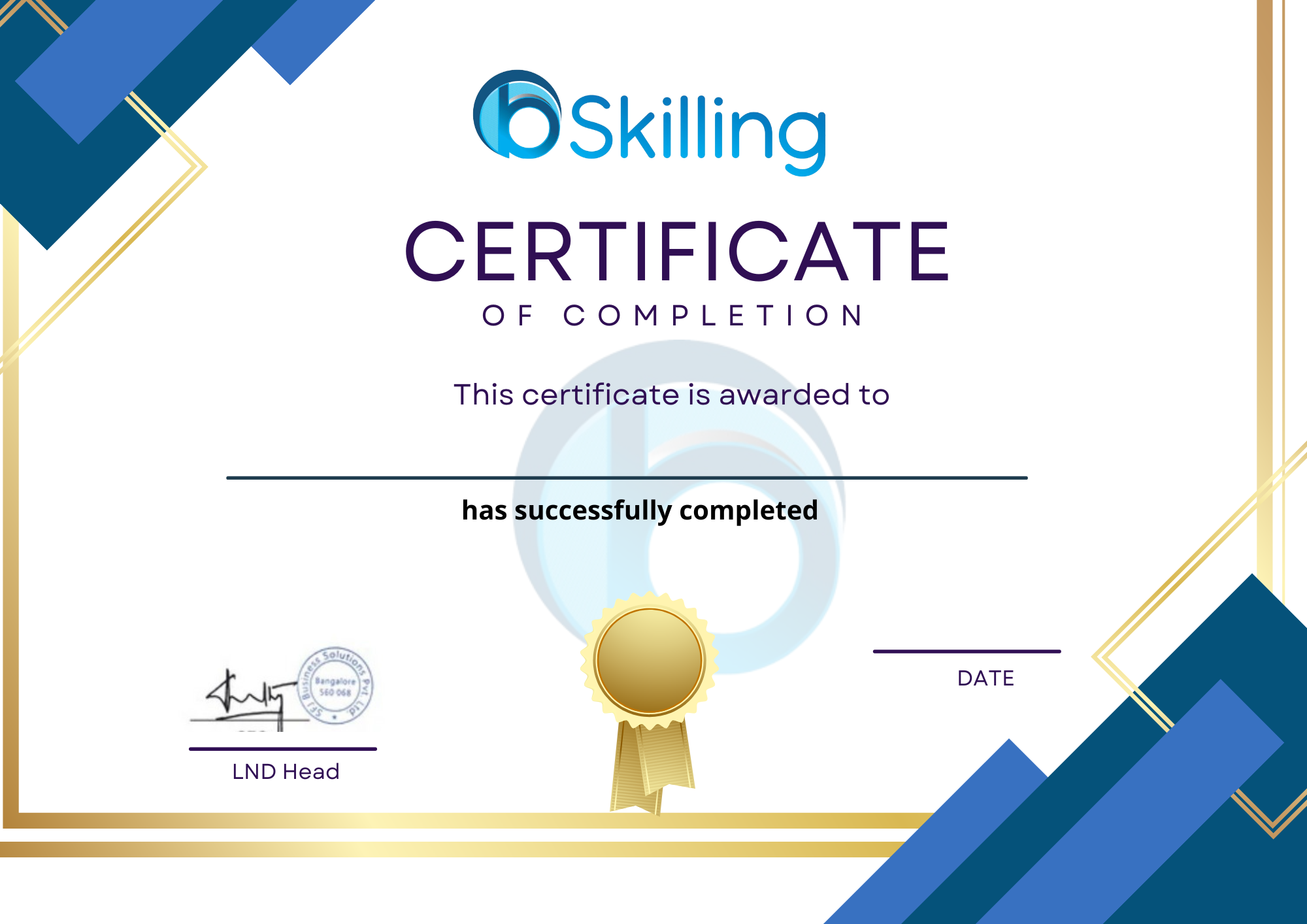Developing Generative AI Applications on AWS
Create innovative Generative AI apps with AWS. Build scalable, creative solutions for content, art, music & more using powerful AWS services




Duration
Students
Mode
Batch Starts
Course Overview
Empower Your Creativity: Building Generative AI Applications with AWS
Unleash boundless creativity with AWS for Generative AI apps. Harness the power of AWS services to develop innovative AI applications that generate content, art, music, and more. Explore endless possibilities with seamless integration and scalable infrastructure.
Certification
Master in Developing Generative AI Applications on AWS
Key Features
Course Curriculum
9 modules • 47 lessons
Skills You'll Master
Understanding Generative AI concepts and planning projects
Working with Amazon Bedrock and its architecture
Applying foundational prompt engineering techniques
Building generative AI applications and integrating with LangChain
Using foundation models for inference and securing applications
Designing architecture patterns like QA, summarization, and chatbots
Performing hands-on text generation, chatbot building, and code generation
Course Highlights
Our curriculum is designed by industry experts to ensure you master the skills that matter most.
Learning Outcomes
Industry-Recognized Certification

Master in Developing Generative AI Applications on AWS
Earn a prestigious industry-recognized certification upon completion. This credential validates your expertise and can be shared directly on LinkedIn and other professional platforms.
Globally Recognized
Accepted by leading employers worldwide
Digital Verification
Includes QR code and secure verification link
Career Advancement
Proven to increase job opportunities and salary potential
93% of our certified students reported career advancement within 6 months
Enrollment Details
Limited Time Offer - Enrollment closes in 3 days!
Flexible Payment Options
We have partnered with the following financing companies to provide competitive finance options at as low as 0% interest rates with no hidden cost.


Get Personalized EMI Options
Speak with our finance experts to find the best payment plan for your needs.
Program Criteria
Our carefully designed selection criteria ensure that you'll get the most out of this transformative learning experience.
Prerequisites
What you need to begin your journey
Basic understanding of cloud computing (preferably AWS)
Familiarity with Python programming (for LangChain integration)
Knowledge of AI/ML fundamentals (terms like models, datasets, training, inference)
Comfort with tools like Google Colab, Jupyter, or IDEs (for optional practice)
AWS account access for hands-on labs (required to complete practical modules)
Eligibility Criteria
Who this program is designed for
Professionals working in tech, cloud, or AI-related roles
Data scientists, ML engineers, solution architects, or DevOps professionals
Business analysts and product managers interested in Generative AI
Final-year students or graduates with a tech background looking to enter AI fields
Organizations planning to implement Gen AI solutions
98%
Completion Rate
24/7
Learning Support
15k+
Students Enrolled
4.9/5
Student Rating
Why Join This Programs?
Discover the unique advantages that make our program the perfect choice for your future
Generative AI and Machine Learning Alignment: Generative AI is a subset of machine learning that focuses on creating new data rather than just recognizing patterns in existing data.
Importance of Generative AI: Generative AI can create novel content, generate synthetic data for training models, and facilitate creative applications like art generation. However, it also poses risks such as misuse for generating fake content or deepening biases present in training data.
Business Value: Generative AI can add value by automating content creation, enhancing customer experiences through personalized interactions, and improving decision-making through scenario generation and analysis.
Technical Foundations: Generative AI relies on techniques like generative adversarial networks (GANs), variational autoencoders (VAEs), and transformers. Key terminology includes latent space, discriminator, generator, and loss function.
Planning a Generative AI Project: Steps involve defining objectives, gathering and preprocessing data, selecting appropriate models and algorithms, training and fine-tuning models, and evaluating and deploying the solution.
Risks and Mitigations: Risks include generating misleading or harmful content and exacerbating biases. Mitigations involve thorough testing, diversity in training data, and implementing filters and safeguards.
Frequently Asked Questions
Still have questions? Contact our support team